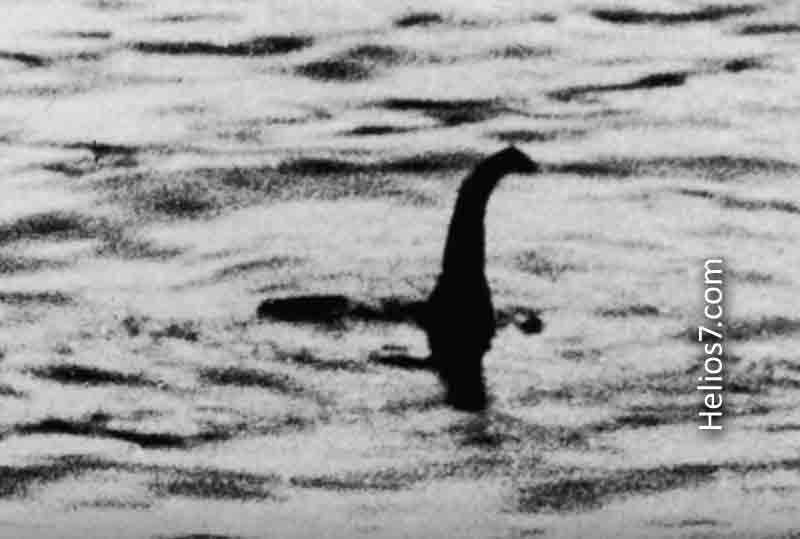Featured NewsHousePrevention
World’s Most Mysterious Photos that cannot be Explained

Do you want to know which are the top 10 most mysterious photos in the world ?
Are you curious to know story behind these top 10 Mysterious photographs ? Make sure to watch video below:-





